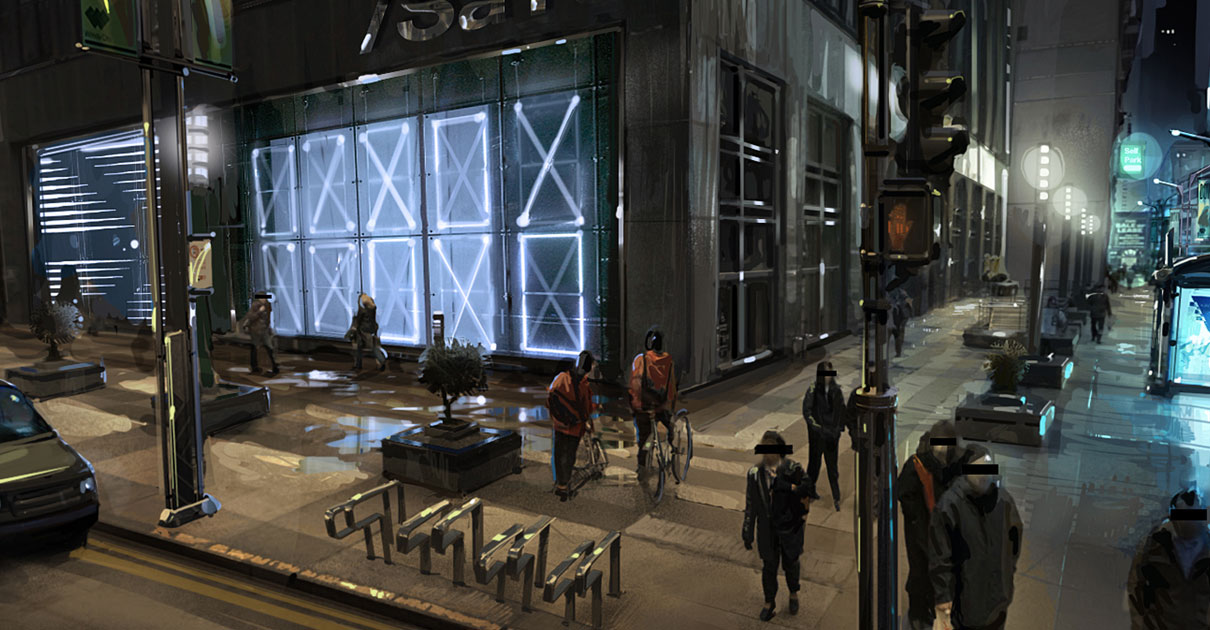Highlight of Research Article: “What do games teach us about designing effective human-AI cooperation? – A systematic literature review and thematic synthesis on design patterns of non-player characters” by Maximilian Wittmann and Benedikt Morschheuser (2022).
Artificial non-player characters (NPC) are a part of the game and considered important regarding the perspective of the writers of this article. They presented a structured overview of design patterns in six fields – namely I) NPC responsiveness, (II) appearance of NPCs, (III) NPC communication patterns, (IV) emotional aspects, (V) behavioural characteristics, and (VI) player-NPC and NPC-NPC team structures. The objective of this research is to develop understanding of designing and investigating cooperation between humans and NPCs, as their engagement can bring more trust to the system.
The article was developed by following systematic literature review and considering key words namely, “TITLE-ABS-KEY (NONPLAYER CHARACTERS AND DESIGN” querying the Scopus database.
174 papers were reviewed, which included responsiveness of NPCs and other NPC design categories. Most of the papers presented the process of NPCs providing feedback and being able to learn and respond. NPC feedback mechanisms were found influential among people regarding the perspective of decision-making and behavioural change. Creativity and development in human-AI interaction is also observed. Socio-emotional experiences such as creation of social dilemmas can help users to develop these characters too, as NPCs learn the pattern from NPCs to build the fidelity of the process. Among other NPC design categories, appearances, communication patterns, emotional aspects, behavioural characteristics, and PC-NPC and NPC-NPC team structures play major roles.
Authors of the article recommend in the discussion that designers should actively embed NPC feedback elements along with direct feedback or delay. NPC-PC co-creation is necessary to build unpredictability through plot twists. Design patterns help the players perceive decision-making through triggering emotions or confronting them with reasonings behind AI’s decision-making. depending on appearance, communication patterns, and emotional aspects of the NPCs develop the behavioral characteristics. From the perspective of appearance, characters might be helped more if the NPCs are alike human, their voice is natural, matching with facial expression. For both type of communication- text based, or verbal and non-verbal, and the direction of it is suggested to make more engaging. From background stories to points won, these emotional aspects are also important. Last but not least, team structure combining PCs and NPCs create more personalized game environment for the player.
Reference: Friedrich-Alexander-Universität Erlangen-Nürnberg, Gamification & Digital Customer Engagement Research Group, Lange Gasse 20, Nürnberg, Germany, GamiFIN 2022. http://ceur-ws.org/Vol-3147/paper10.pdf
You might also like
More from Game Research Highlights
How do you want to do this? – A look into the therapeutic uses of role-playing games
Can playing RPGs contribute positively to your wellbeing? A recent study aims to find out how RPGs are being used …
Eldritch horrors and tentacles – Defining what “Lovecraftian” is in games
H.P. Lovecrafts legacy lives today in the shared world of Cthulhu Mythos and its iconic monsters. Prema Arasu defines the …
Are Souls Games the Contemporary Myths?
Dom Ford’s Approaching FromSoftware’s Souls Games as Myth reveals the Souls series as a modern mythology where gods fall, desires …















